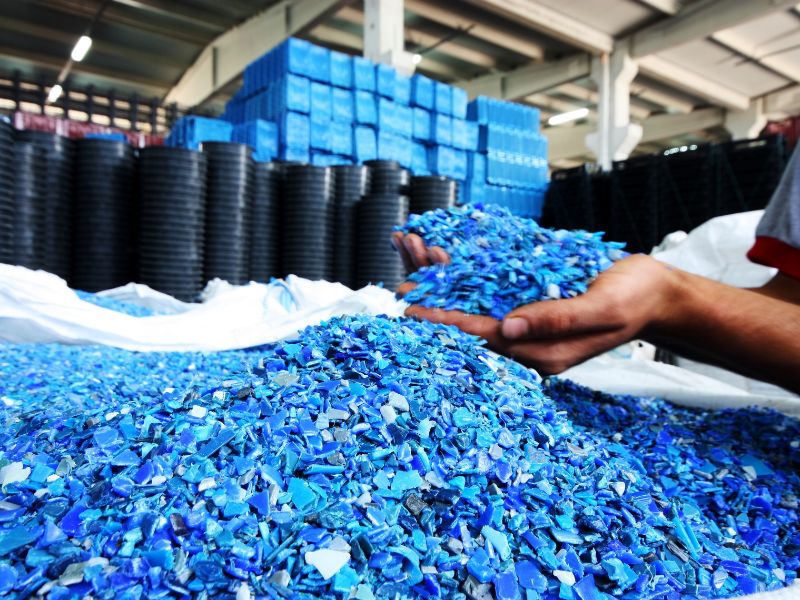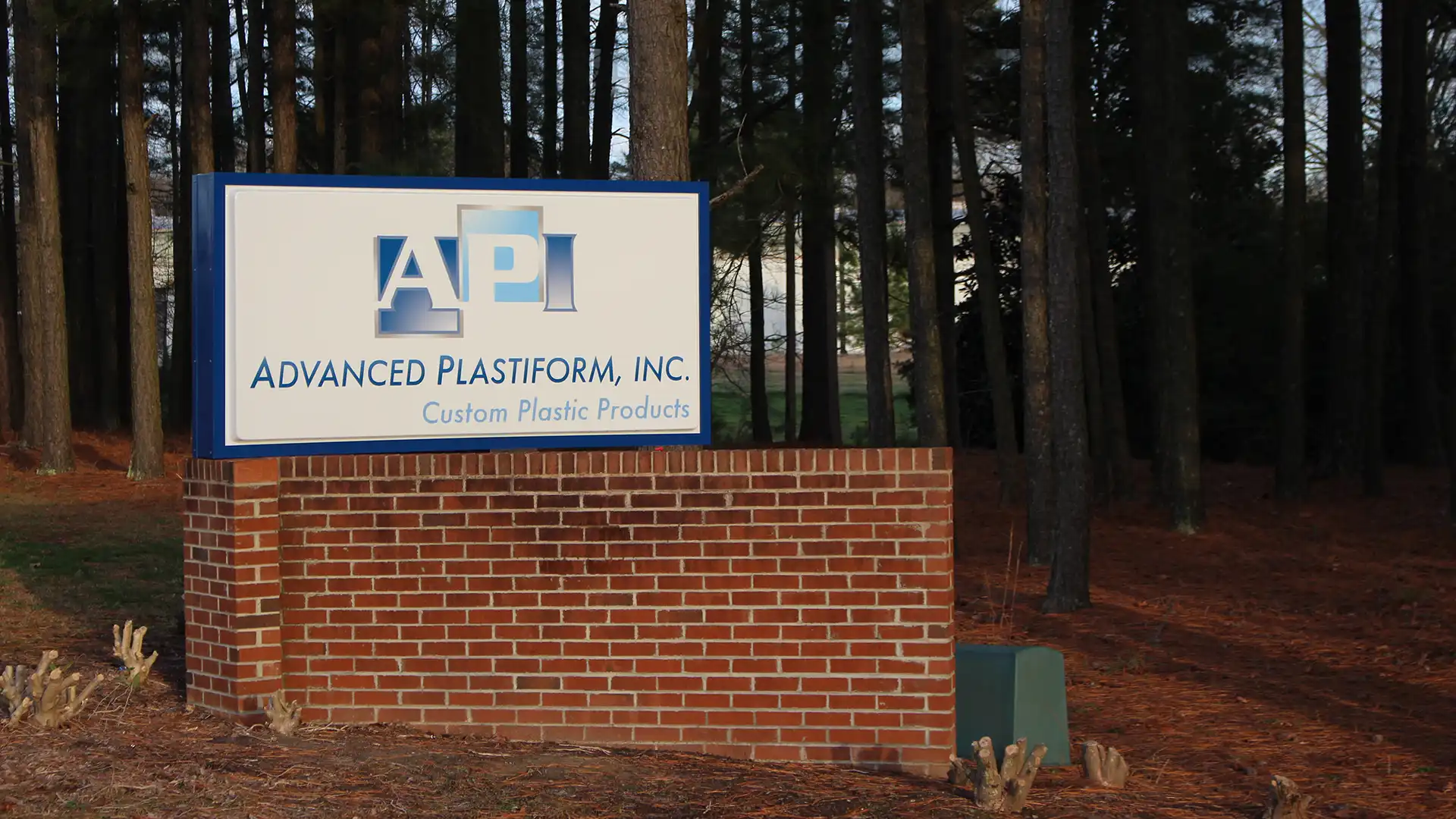5 Injection Mold Classifications
When it comes to producing high-quality injection-molded parts, choosing the right mold classification is crucial. These classifications help ensure that the right mold design and tooling are used for each application.
Understanding these different classifications allows manufacturers and professionals working in industries that rely on custom plastic part creation to balance quality and cost effectively. Join our injection molding company as we explore the five key mold classifications, helping you choose the right option for your production needs.
Why Mold Classification Matters
The The Plastic Industry Association (formally the Society of the Plastics Industry or SPI) has defined five classifications to guide manufacturers in selecting molds based on a variety of factors. Understanding these five mold classifications is valuable for manufacturers and businesses investing in plastic part creation for:

- Optimizing Mold Design: Ensures the mold is built to handle specific production volumes and material requirements.
- Improving Cost Efficiency: Choosing the correct mold classification can help avoid over-engineering or under-engineering molds, leading to cost savings.
- Ensuring Product Quality: Aligning the mold class with the production needs ensures the desired part quality is achieved.
- Streamlining Production: The right mold classification ensures smooth, uninterrupted production without excessive delays.
5 Injection Mold Classifications
1.) Class 101: High-Volume Production Molds
Class 101 molds are the highest-quality molds designed for large-scale production of plastic components.
Due to their durability and precision, these molds are expensive but necessary for producing high volumes of consistent, high-quality parts. Class 101 molds are built to handle millions of cycles without degradation and are typically used in industries where reliability and longevity are non-negotiable, such as the automotive, aerospace, medical device, and consumer electronics sectors.
Class 101 Mold Specifications
- Cycles: 1 million or more
- Use Case: Designed for high-volume production where part consistency and precision are crucial.
- Features: These molds are built for durability and long life, with precision ejection systems and advanced cooling channels.
2.) Class 102: Medium to High-Volume Production Molds
Class 102 molds are designed for medium to high-volume production, offering a balance between cost and performance.
While not as durable as Class 101 molds, Class 102 molds are built to handle substantial production runs with a focus on maintaining part quality and consistency. These molds are suitable for industries where high-quality, cost-effective solutions are needed for products with moderate to high production demands. Common uses include automotive parts, household appliances, and consumer products.
Class 102 Mold Specifications
- Cycles: 500,000 and up to 1 million
- Use Case: Medium to high-volume production with a focus on cost and performance balance.
- Features: Designed for improved durability and efficiency, featuring advanced ejection mechanisms and cooling systems.
3.) Class 103: Medium-Volume Production Molds
Class 103 molds are an economical choice for medium-volume production runs, typically used for parts with simpler designs and moderate production requirements.
These molds are more affordable than Class 101 or 102 molds, making them a cost-effective option for industries with medium production needs. Common industries utilizing Class 103 molds include material handling, shipping materials, and basic automotive components. They offer a good balance of durability and cost, but they are not intended for the same level of precision or longevity as higher-class molds.
Class 103 Mold Specifications
- Cycles: Under 500,000
- Use Case: Suitable for medium-volume production with simpler part designs.
- Features: Basic mold design with fewer advanced features to keep costs lower.
4.) Class 104: Low-Volume Production Molds
Class 104 molds are ideal for low-volume production runs, offering a cost-effective solution for companies needing fewer parts for small-scale production.
Class 104 molds are built for non-abrasive materials and are typically used in industries like consumer electronics prototypes, short-run automotive parts, and promotional items. They are made from more affordable materials such as mild steel or aluminum and are not intended for high-cycle or high-precision applications.
Class 104 Mold Specifications
- Cycles: Under 100,000
- Use Case: Low-volume production of non-abrasive parts and prototypes.
- Features: Simple mold design with limited durability, best for low-run production.
5.) Class 105: Prototype Molds
Class 105 molds are designed for rapid prototyping or testing, offering a cost-effective way to create sample parts before full-scale production.
These molds are typically used in the early stages of product development and are not intended for long-term production. Made from cast metal or epoxy, Class 105 molds are ideal for industries needing quick, low-cost prototyping for industries like medical device development, consumer product testing, and automotive research and development.
Class 105 Mold Specifications
- Cycles: Under 500
- Use Case: Prototyping or testing for product development.
- Features: Simple, cost-effective molds designed for limited runs and quick turnaround.
Choosing the Right Mold Classification for Your Project
By selecting the appropriate mold class, businesses can optimize both production efficiency and cost-effectiveness, ensuring they get the best value for their investment. Whether you're planning high-volume production or a small prototype run, the injection molding engineers at Advanced Plastiform Inc. can support your needs by providing tailored solutions that ensure efficiency, cost-effectiveness, and high-quality results for every stage of production.
Contact Our Injection Molding Company Today to Learn More
At Advanced Plastiform, we specialize in delivering high-quality injection molded plastic products to businesses throughout the mid-Atlantic region. With headquarters in North Carolina, we are located centrally to deliver to seven states, including North Carolina, South Carolina, Pennsylvania, Maryland, Tennessee, Georgia, and Virginia.
Our experienced team can help guide you through the injection molding process and choose the right mold classification for your project. Contact us today by calling 919-404-2080 or filling out our contact form to get started.

